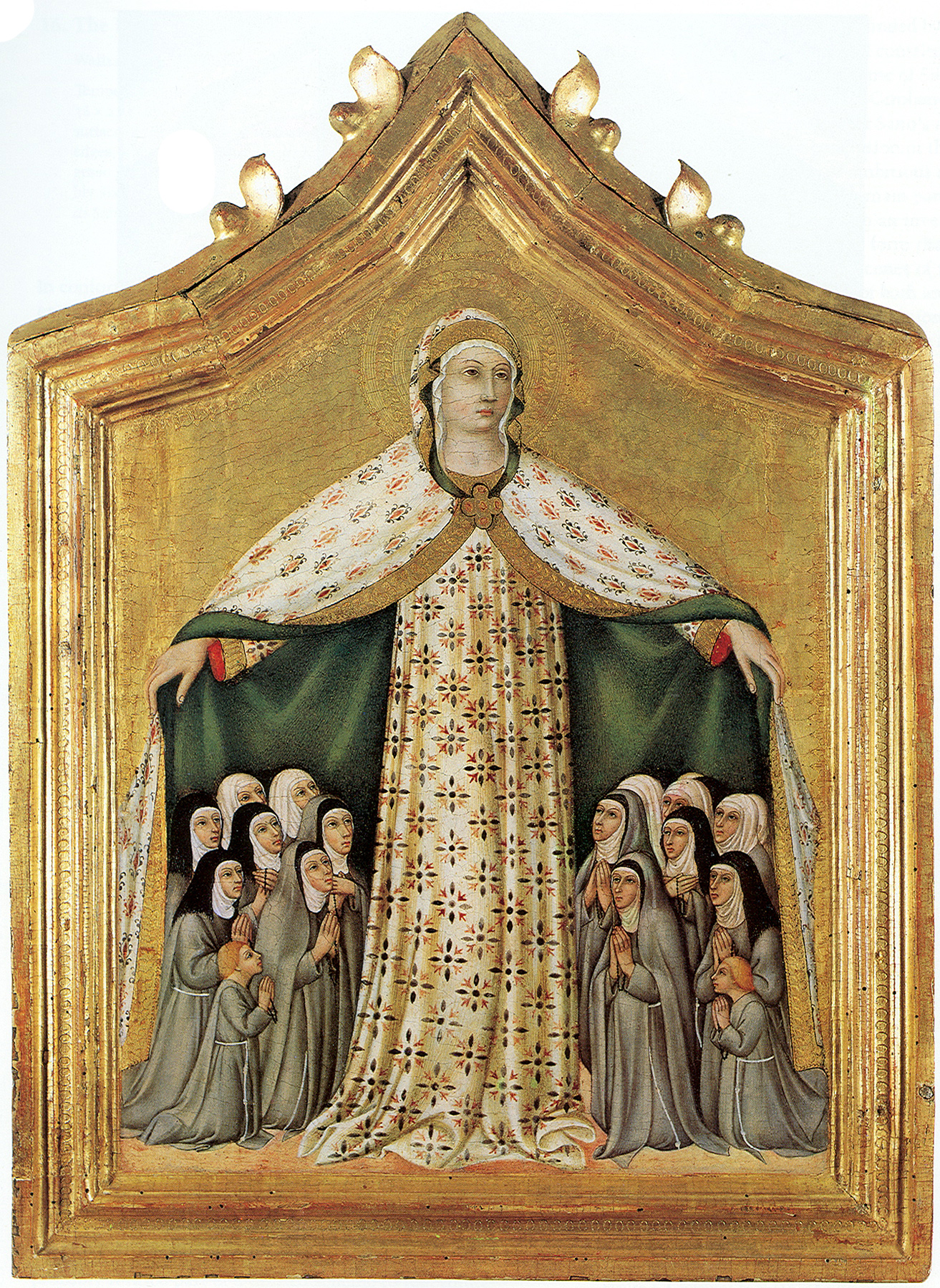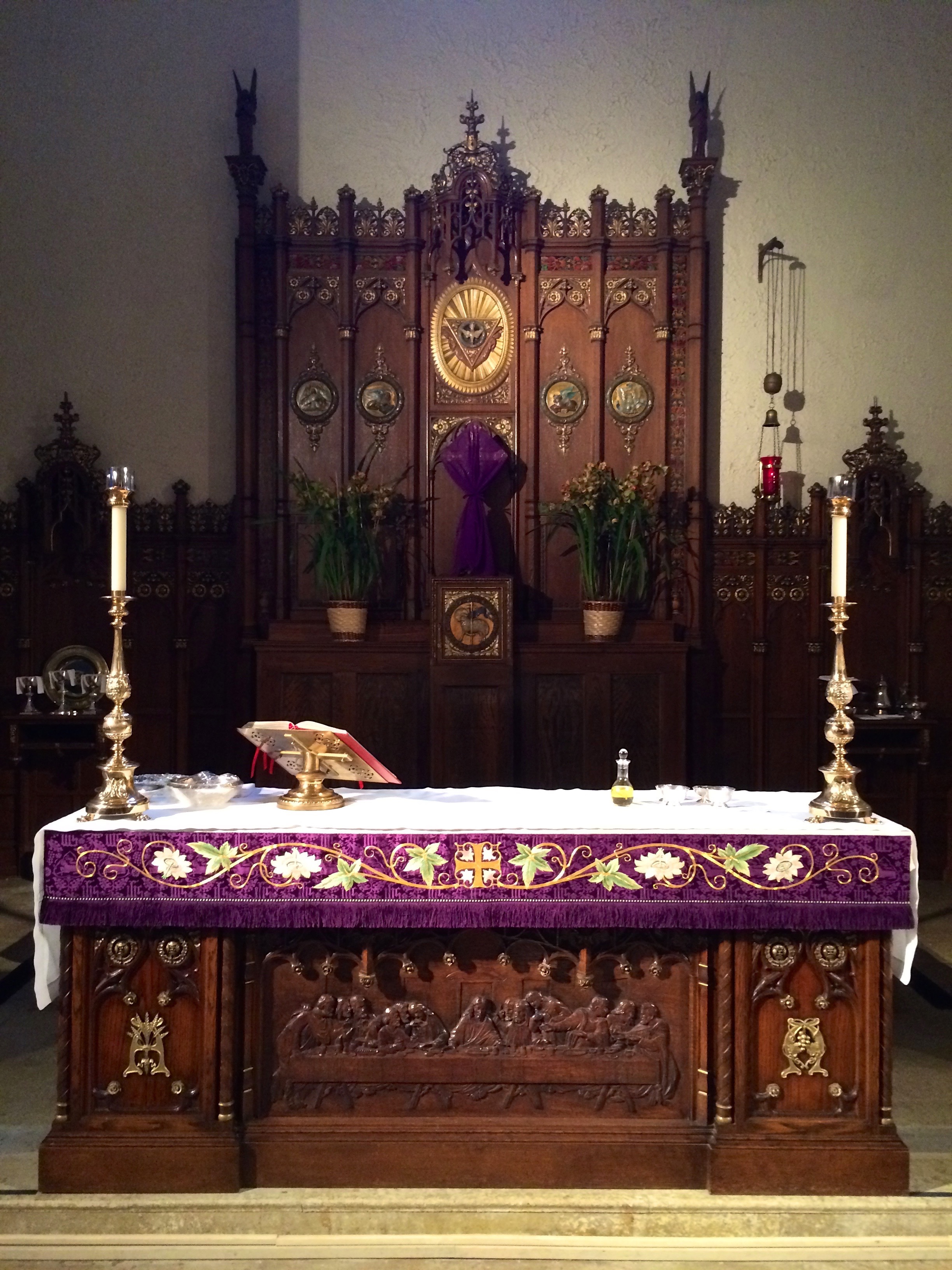|
Mönch Von Salzburg
The Monk of Salzburg () was a German composer of the late 14th century. He worked at the court of the Salzburg archbishop Pilgrim von Puchheim (1365–96); more than 100 '' Liederhandschriften'' (manuscripts) in Early New High German are attributed to him. His name and monastic order is unknown; some of the introductions to the manuscript sources mention the names ''Herman'', ''Johans'', and ''Hanns'' and describe him as either Benedictine or Dominican. Despite this confusion, all the manuscripts that contain his works "agree that he was a learned monk who wrote sacred and secular songs".Franz Viktor Spechtler"Monk of Salzburg,"''Grove Music Online'', Oxford Music Online. Retrieved 24 December 2011. His compositions overcome the ''Minnesang'' traditions and even approach recent polyphonic settings. List of songs, ordered by liturgical calendar Advent * Maria keusche muter zart * Vor anegeng der sunne klar * Joseph, lieber nefe mein * Mein trost, Maria, raine mait * Besniten wi ... [...More Info...] [...Related Items...] OR: [Wikipedia] [Google] [Baidu] |
Advent
Advent is a season observed in most Christian denominations as a time of waiting and preparation for both the celebration of Jesus's birth at Christmas and the return of Christ at the Second Coming. It begins on the fourth Sunday before Christmas, often referred to as Advent Sunday. Advent is the beginning of the liturgical year in Western Christianity. The name comes from Latin ('coming; arrival'), translating the Greek from the New Testament, originally referring to the Second Coming. The season of Advent in the Christian calendar anticipates the "coming of Christ" from three different perspectives: the physical nativity in Bethlehem, the reception of Christ in the heart of the believer, and the eschatological Second Coming. Practices associated with Advent include Advent calendars, lighting an Advent wreath, praying an Advent daily devotional, erecting a Chrismon tree, lighting a Christingle, as well as other ways of preparing for Christmas, such as setting up Ch ... [...More Info...] [...Related Items...] OR: [Wikipedia] [Google] [Baidu] |
Medieval Male Composers
In the history of Europe, the Middle Ages or medieval period lasted approximately from the 5th to the late 15th centuries, similarly to the post-classical period of World history (field), global history. It began with the fall of the Western Roman Empire and transitioned into the Renaissance and the Age of Discovery. The Middle Ages is the middle period of the three traditional divisions of Western history: classical antiquity, the medieval period, and the modern period. The medieval period is itself subdivided into the Early Middle Ages, Early, High Middle Ages, High, and Late Middle Ages. Population decline, counterurbanisation, the collapse of centralised authority, invasions, and mass migrations of tribes, which had begun in late antiquity, continued into the Early Middle Ages. The large-scale movements of the Migration Period, including various Germanic peoples, formed new kingdoms in what remained of the Western Roman Empire. In the 7th century, North Africa and the ... [...More Info...] [...Related Items...] OR: [Wikipedia] [Google] [Baidu] |
14th-century Composers
The 14th century lasted from 1 January 1301 (represented by the Roman numerals MCCCI) to 31 December 1400 (MCD). It is estimated that the century witnessed the death of more than 45 million lives from political and natural disasters in both Europe and the Mongol Empire. West Africa experienced economic growth and prosperity. In Europe, the Black Death claimed 25 million lives wiping out one third of the European population while the Kingdom of England and the Kingdom of France fought in the protracted Hundred Years' War after the death of King Charles IV of France led to a claim to the French throne by King Edward III of England. This period is considered the height of chivalry and marks the beginning of strong separate identities for both England and France as well as the foundation of the Italian Renaissance and the Ottoman Empire. In Asia, Tamerlane (Timur), established the Timurid Empire, history's third largest empire to have been ever established by a single conqueror. S ... [...More Info...] [...Related Items...] OR: [Wikipedia] [Google] [Baidu] |
Blessed Virgin Mary (Roman Catholic)
The veneration of Mary in the Catholic Church encompasses various devotions which include prayer, pious acts, visual arts, poetry, and music devoted to her. Popes have encouraged it, while also taking steps to reform some manifestations of it.For example, on March 12, 1969, Pope Paul VI reduced and rearranged the number of Marian feast days in ''Sanctitas clarior''. Several of his predecessors did similarly. The Holy See has insisted on the importance of distinguishing "true from false devotion, and authentic doctrine from its deformations by excess or defect". There are significantly more titles, feasts, and venerative Marian practices among Roman Catholics than in other Western Christian traditions. The term '' hyperdulia'' indicates the special veneration due to Mary, greater than the ordinary '' dulia'' for other saints, but utterly unlike the '' latria'' due only to God. Belief in the incarnation of God the Son through Mary is the basis for calling her the Mother of Go ... [...More Info...] [...Related Items...] OR: [Wikipedia] [Google] [Baidu] |
Trinity Sunday
Trinity Sunday is the first Sunday after Pentecost in the Western Christianity, Western Christian liturgical year, liturgical calendar, and the Sunday of Pentecost in Eastern Christianity. Trinity Sunday celebrates the Christian doctrine of the Trinity, the three Persons of God: the God the Father, Father, the God the Son, Son, and the Holy Spirit. Western Christianity Trinity Sunday is celebrated in all denominations of the Western liturgical churches: Latin Catholic, Lutheran, Anglican, Reformed Christianity, Reformed (Continental Reformed, Presbyterian, Congregationalist), and Methodist. History In the early Church, no special Office or day was assigned for the Holy Trinity. When Arianism, the Arian heresy was spreading, the Fathers prepared an Office with canticles, responses, a Preface, and hymns, to be recited on Sundays. In the Sacramentary of Pope Gregory I, Gregory the Great there are prayers and the Preface of the Trinity. During the Middle Ages, especially during ... [...More Info...] [...Related Items...] OR: [Wikipedia] [Google] [Baidu] |
Easter
Easter, also called Pascha ( Aramaic: פַּסְחָא , ''paskha''; Greek: πάσχα, ''páskha'') or Resurrection Sunday, is a Christian festival and cultural holiday commemorating the resurrection of Jesus from the dead, described in the New Testament as having occurred on the third day of his burial following his crucifixion by the Romans at Calvary . It is the culmination of the Passion of Jesus, preceded by Lent (or Great Lent), a 40-day period of fasting, prayer, and penance. Easter-observing Christians commonly refer to the last week of Lent, before Easter, as Holy Week, which in Western Christianity begins on Palm Sunday (marking the entrance of Jesus in Jerusalem), includes Spy Wednesday (on which the betrayal of Jesus is mourned), and contains the days of the Easter Triduum including Maundy Thursday, commemorating the Maundy and Last Supper, as well as Good Friday, commemorating the crucifixion and death of Jesus. In Eastern Christianity, t ... [...More Info...] [...Related Items...] OR: [Wikipedia] [Google] [Baidu] |
Lent
Lent (, 'Fortieth') is the solemn Christianity, Christian religious moveable feast#Lent, observance in the liturgical year in preparation for Easter. It echoes the 40 days Jesus spent fasting in the desert and enduring Temptation of Christ, temptation by Satan, according to the Gospels of Gospel of Matthew, Matthew, Gospel of Mark, Mark and Gospel of Luke, Luke, before beginning his Ministry of Jesus, public ministry. Lent is usually observed in the Catholic Church, Catholic, Lutheranism, Lutheran, Moravian Church, Moravian, Anglican Communion, Anglican, United and uniting churches, United Protestant and Eastern Orthodoxy, Orthodox Christian traditions, among others. A number of Anabaptism, Anabaptist, Baptists, Baptist, Methodism, Methodist, Calvinism, Reformed (including certain Continental Reformed Protestantism, Continental Reformed, Presbyterianism, Presbyterian and Congregational church, Congregationalist churches), and Nondenominational Christianity, nondenominational Ch ... [...More Info...] [...Related Items...] OR: [Wikipedia] [Google] [Baidu] |
Epiphany (holiday)
Epiphany ( ), also known as "Theophany" in Eastern Christian tradition, is a Christian feast day commemorating the visit of the Magi, the baptism of Jesus, and the wedding at Cana. In Western Christianity, the feast commemorates principally (but not solely) the visit of the Magi to the Christ Child, and thus Jesus Christ's physical manifestation to the Gentiles. It is sometimes called Three Kings' Day, and in some traditions celebrated as Little Christmas. Moreover, the feast of the Epiphany, in some denominations, also initiates the liturgical season of Epiphanytide. Eastern Christians, on the other hand, commemorate the baptism of Jesus in the River Jordan, seen as his manifestation to the world as the Son of God, and celebrate it as the Feast of the Epiphany or of the Theophany. The traditional site of the ministry of John the Baptist is in Al-Maghtas in Jordan, with the baptism of Jesus once marked in Byzantine times by a cross in the middle of the Jordan River, b ... [...More Info...] [...Related Items...] OR: [Wikipedia] [Google] [Baidu] |
Liturgical Calendar
The liturgical year, also called the church year, Christian year, ecclesiastical calendar, or kalendar, consists of the cycle of liturgical days and seasons that determines when feast days, including celebrations of saints, are to be observed, and which portions of scripture are to be read. Distinct liturgical colours may be used in connection with different seasons of the liturgical year. The dates of the festivals vary somewhat among the different churches, although the sequence and logic is largely the same. Liturgical cycle The liturgical cycle divides the year into a series of seasons, each with their own mood, theological emphases, and modes of prayer, which can be signified by different ways of decorating churches, colours of paraments and vestments for clergy, scriptural readings, themes for preaching and even different traditions and practices often observed personally or in the home. In churches that follow the liturgical year, the scripture passages for ... [...More Info...] [...Related Items...] OR: [Wikipedia] [Google] [Baidu] |
Archbishopric Of Salzburg
The Prince-Archbishopric of Salzburg (; ) was an ecclesiastical principality and state of the Holy Roman Empire. It comprised the secular territory ruled by the archbishops of Salzburg, as distinguished from the much larger Catholic diocese founded in 739 by Saint Boniface in the German stem duchy of Bavaria. The capital of the archbishopric was Salzburg, the former Roman city of '. From the late 13th century onwards, the archbishops gradually reached the status of Imperial immediacy and independence from the Bavarian dukes. Salzburg remained an ecclesiastical principality until its secularisation to the short-lived Electorate of Salzburg (later Duchy of Salzburg) in 1803. Members of the Bavarian Circle from 1500, the prince-archbishops bore the title of ', though they never obtained electoral dignity; actually of the six German prince-archbishoprics (with Mainz, Cologne and Trier), Magdeburg, Bremen and Salzburg received nothing from the Golden Bull of 1356. The last prin ... [...More Info...] [...Related Items...] OR: [Wikipedia] [Google] [Baidu] |
Polyphony
Polyphony ( ) is a type of musical texture consisting of two or more simultaneous lines of independent melody, as opposed to a musical texture with just one voice ( monophony) or a texture with one dominant melodic voice accompanied by chords ( homophony). Within the context of the Western musical tradition, the term ''polyphony'' is usually used to refer to music of the late Middle Ages and Renaissance. Baroque forms such as fugue, which might be called polyphonic, are usually described instead as contrapuntal. Also, as opposed to the ''species'' terminology of counterpoint, polyphony was generally either "pitch-against-pitch" / "point-against-point" or "sustained-pitch" in one part with melismas of varying lengths in another. In all cases the conception was probably what Margaret Bent (1999) calls "dyadic counterpoint", with each part being written generally against one other part, with all parts modified if needed in the end. This point-against-point conception is ... [...More Info...] [...Related Items...] OR: [Wikipedia] [Google] [Baidu] |







